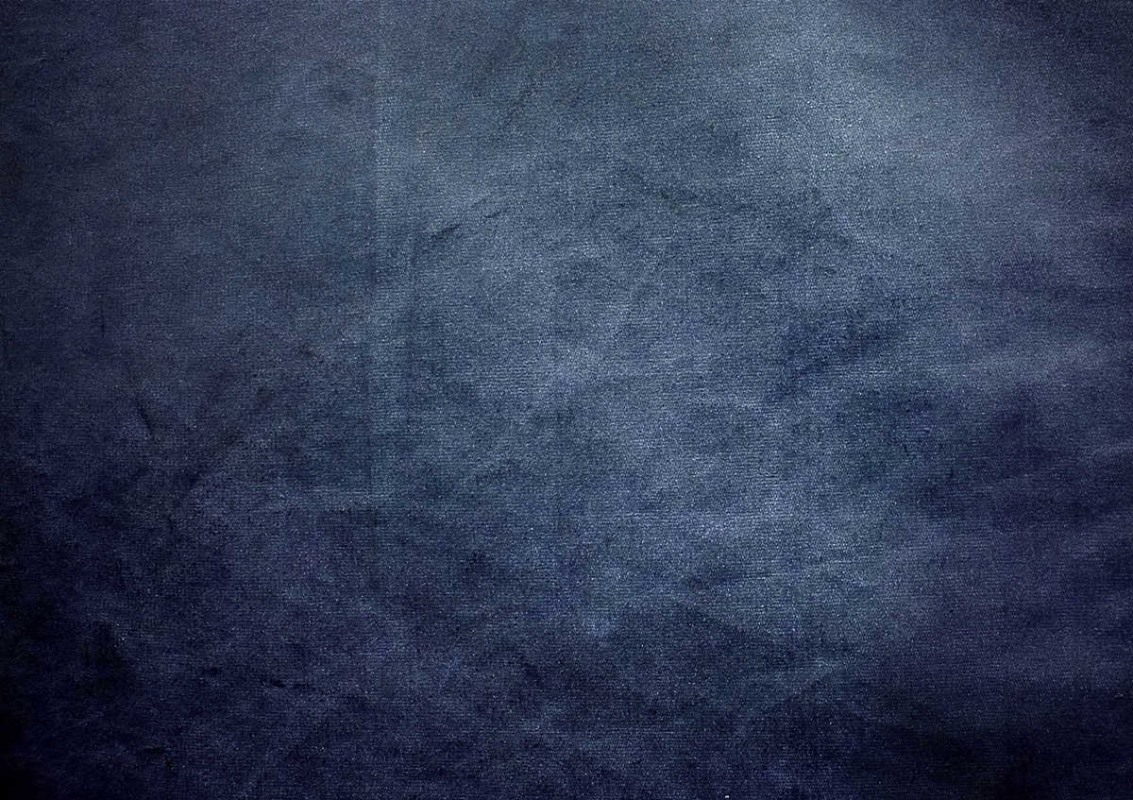

wiredInUSA - August 2013
51
INDEXImproved cable surface cleaning
Helukabel has recently announced a new
cable jacket coating to enhance the
cable and wire surface cleaning process.
Known as Clean Plus, the new coating
uses nanotechnology to create a lotus
effect on cable jackets, which prevents the
adherence of harmful substances such as
oils and paints.
The term “lotus effect” refers to an effect
found on the lotus flower and other plant
species. Tiny protrusions can be seen on the
surface of the leaves, only a few microns
thick and coated with tiny wax-like crystals.
This surface causes water droplets and dirt
particles to have limited contact with the
leaf, preventing adhesion. Spherical water
droplets slide off the leaves removing any
dirt particles attached.
Helukabel engineers have created the
same effect on cable surfaces, using
nanotechnology to make jacket surfaces
easier to clean. The cable can easily be
cleaned of surface contamination using
water and a cloth. For heavy soiling,
pressure washers and steam cleaners can
also be used without aggressive detergents
that can degrade the outer jacket and
affect cable performance.
Cables and wires coated with Clean Plus
have excellent non-stick properties and are
suitable for construction, medical and food
applications. The coating properties have
been tested according to DIN EN ISO 1998.
Helukabel will treat new cables with the
Clean Plus coating, and incorporate it into
its existing product portfolio.
New bend-insensitive fibers
Sterlite Technologies Limited has launched
three new products in its bend-insensitive
Bow Lite family of fibers: Bow Lite Super
(G.657 B3); Bow Lite Plus (G.657 A1); and
Bow Lite Enhanced (G.657 A2.B2). All
have high specifications for attenuation
and macro-bend loss, with tight geometry
control making them particularly suitable
for FTTH applications.
Optical fiber cables in FTTH networks
undergo several tight bends, especially
in the distribution section of the network,
drop cables found in multi-dwelling
units, and cables inside homes. The use
of bend-insensitive G.657 fibers in FTTH
installations is required as carriers have

















